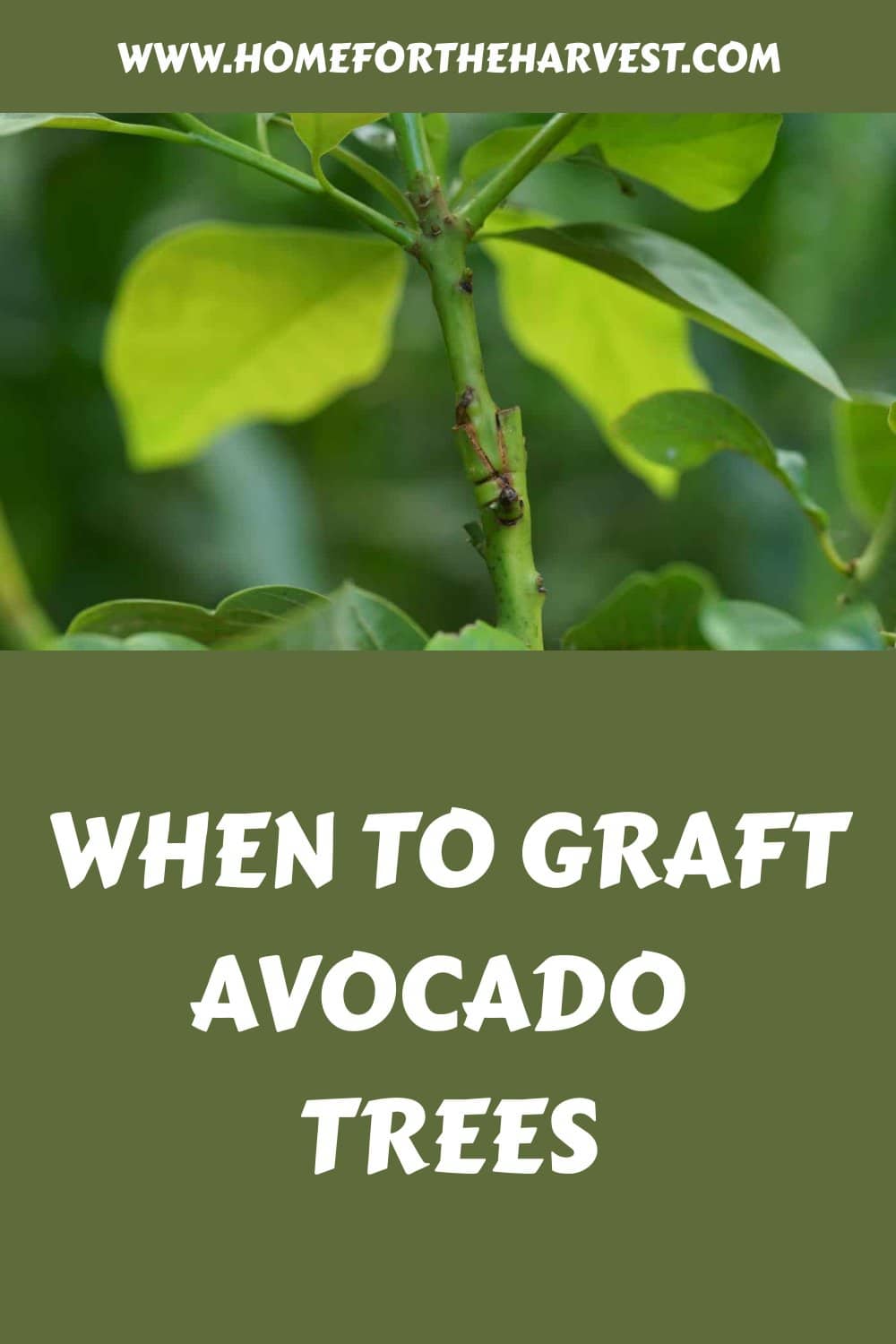Wondering when to graft avocado trees? While you can certainly harvest fruit from a seedling tree, the highest quality fruit generally comes from grafted trees.
The best time of year to graft avocado trees is in the spring. Springtime is ideal because the bark separates easily away from the wood. Wait until warm weather, as overly cool spring temperatures can prevent a successful bud union.
If you’re unsure about when to graft avocado trees, this guide will help you understand the process.
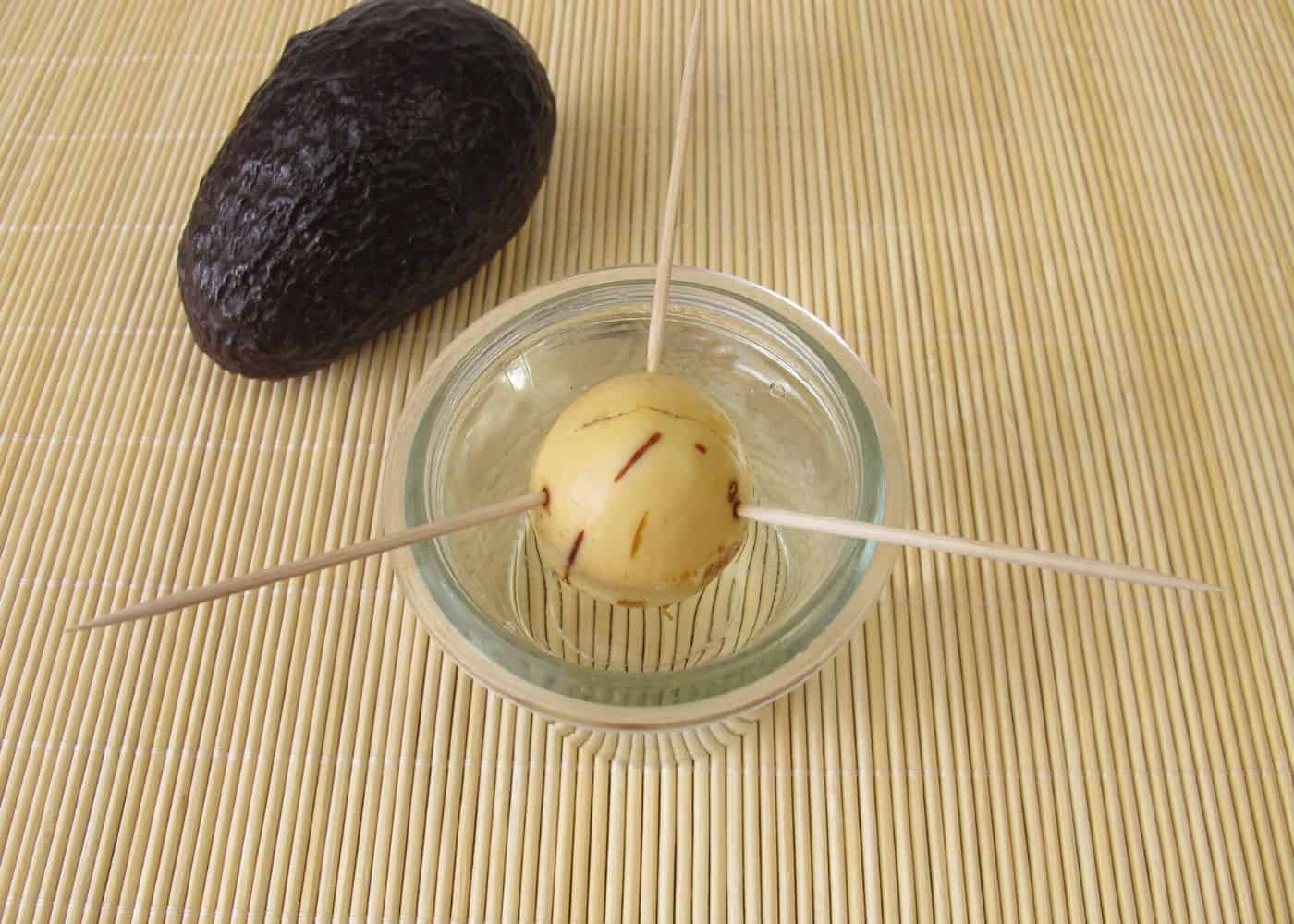
Establishing avocado seedlings for future grafting
After enjoying a delicious avocado, you might want to plant the seed and raise your own fruit tree. However, the trees produced from these seeds might not bear fruit for several years. Or they might produce completely inedible fruit. Growing seedlings from good fruit-producing trees and then attaching, by budding or grafting, is the best technique to produce high-quality fruit.
Germinate avocado seeds by suspending them in water. The seedling is ready for budding or grafting when it’s 24 to 30 inches (60 to 75 cm) tall. This process can take 4-6 months.
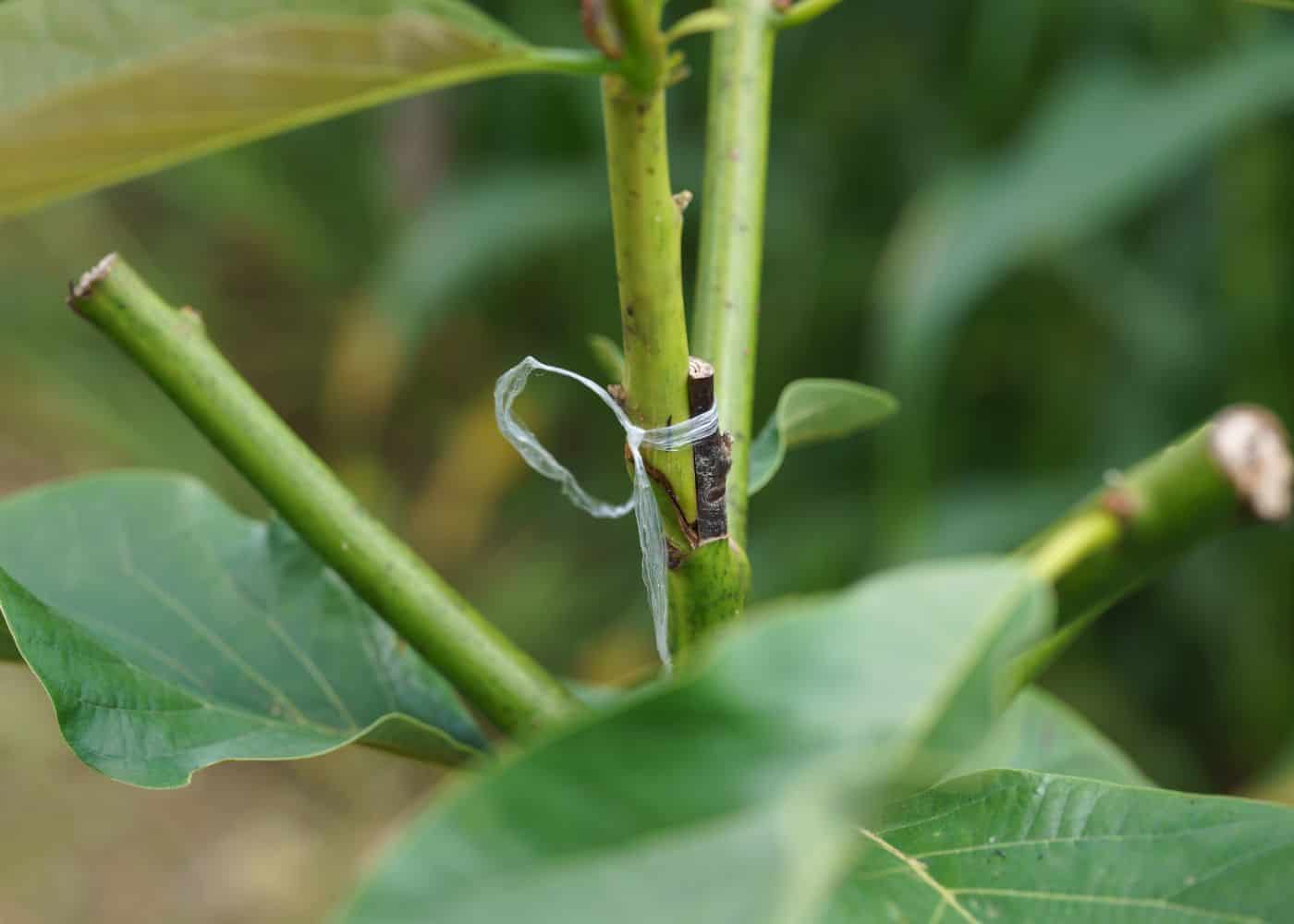
When to graft or bud avocadoes
Budding and grafting are propagation techniques. A bud or stem (scion) of the plant (cultivar) gets attached to a rootstock plant. Proper positioning of the scion on the rootstock is crucial to success. Graft avocado trees are in the spring or fall when the wood and bark separate well. Ideally, it’s early enough for warm weather to aid proper bud union, but late enough so the bud won’t start to expand.
The budding process for avocado trees
Budding is the standard way to propagate citrus. And the simplest method to propagate many plants is from small amounts of scion wood. Trees, rootstocks, or branches with a diameter of 0.4 to 1 inch (0.6 to 2.5 cm) are appropriate for budding.
Take budwood only from trees showing maturity and good growth. The best avocado budwood is near the end of shoots, with fully-developed leaves. And the best citrus budwood is below the most recent flush of new growth.
How to make a t-bud graft on an avocado branch
T-budding is a budding method best for citrus and avocados. Make two slits in the bark on the underside of the branch. Then insert a bud into each slit. Make a T-shaped cut on the rootstock about 8 to 12 inches (20 to 30 cm) above the ground. Wrap the bud and rootstock in budding rubber, or use wide rubber bands or green tie tape.
The benefits of T-budding are that the branches can heal for about three weeks before grafting, or else it won’t take. Additionally, there is little chance of disease-transmitting from one plant to another because it only cuts through part of the vascular system and doesn’t cut through any buds or flowers on the branch.
It should take the buds six to eight weeks to heal in the fall. Healing should take between three and four weeks in the spring. Cut off the remaining shoots or stock around 12 to 14 inches (30 to 35 cm) above the bud union once it heals. This is the nurse branch, which assists in preserving the newly formed bud union.
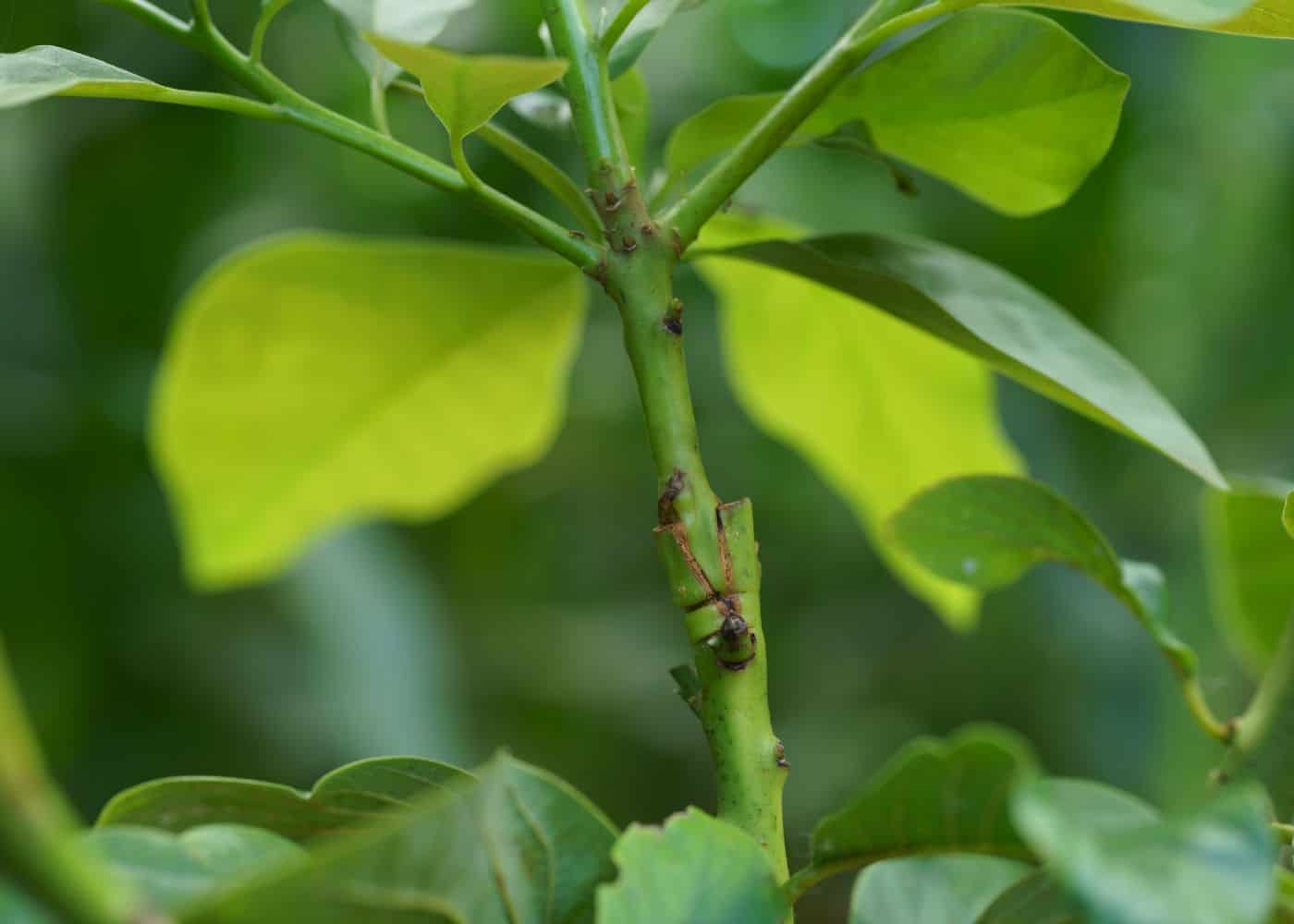
Whip grafting of avocadoes
Whip grafting is the best method for rootstocks with a small diameter of 1/4 to 1 /2 inch (0.6 to 1.2 cm). Whip grafts enable the grafted plant to grow fast, even though they need more scion wood than budding.
To make a whip graft, pick hard, mature green wood as the scion. On the rootstock, make a sloping incision between 1 and 2 1/2 inches (2.5 and 6.2 cm) long. Slicing downward into the wood will allow you to create a tongue on the scion and rootstock.
The scion and rootstock should lock together thanks to the tongues. Use grafting wax to seal it. New whip grafts should stay out of the sun until they have healed to avoid becoming sunburned. Remove any rootstock growth as the scion starts to grow. And support new shoots with stakes, if required.
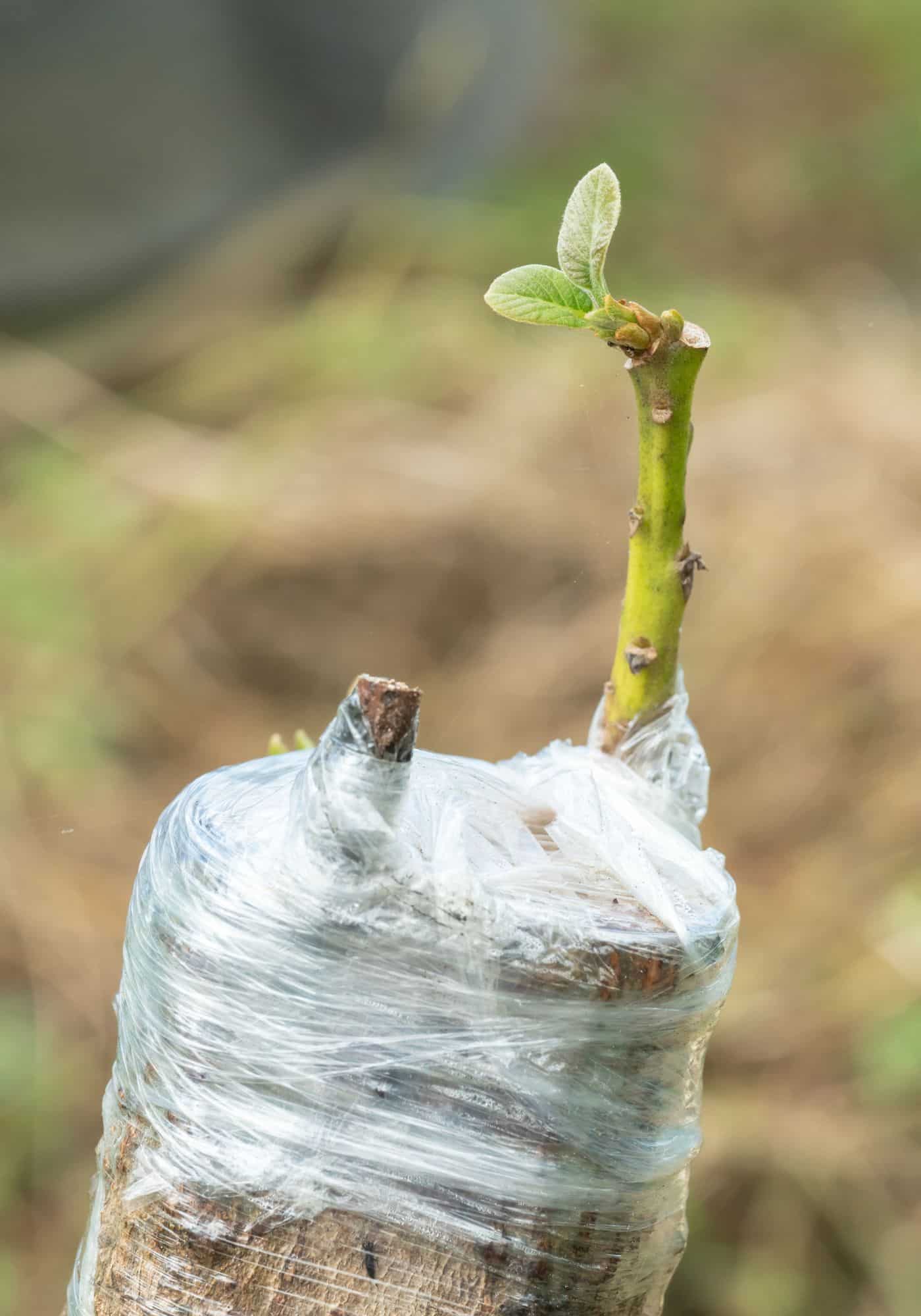
Bark grafting of avocadoes
Bark grafting is the best grafting method for wider trees or branches. Cut the rootstock off above a crotch where tiny branches shoot out. If possible, use one of the originals as a nurse branch. The nursing branch will feed the scion and protect it from the wind. Remove the nurse branch in time.
Cut vertical slits. 2 1/2 to 3 1/2 inches (6.2 to 8.7 cm) long through the bark of the remaining fresh-cut rootstock stubs down to the wood. Cut the scions five to six inches (12.5 to 15cm) long with four to six buds per scion. If cuts are any longer, they may dry out before healing. When cutting the scions, make a sloped cut about three inches long at the base of each scion.
Cut a little piece of tree bark, and insert it into the gap between the rootstock’s bark and wood. Ensure that the scion fits tight into the bark’s slits. You can also wrap the connection in plastic wrap to keep it humid as the connection forms.
Discover when and how to graft your avocado trees for optimal yields. Find further detailed resources on grafting in this link.
References
- Grafting avocado, University of Hawai’i
- Budding and grafting citrus and avocado in the home garden, University of California


